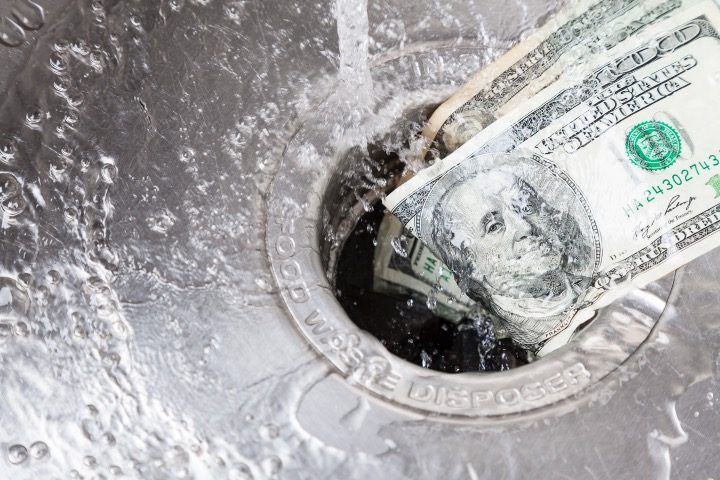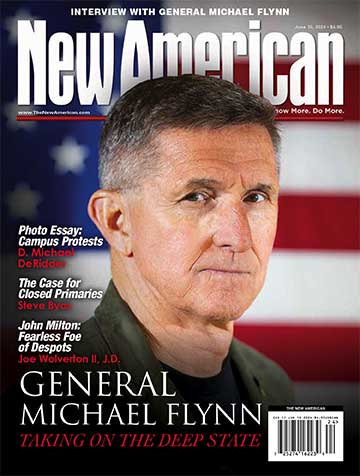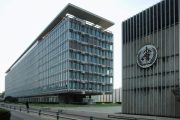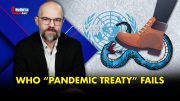
At least a tenth of all federal Covid-19 relief spending — and possibly much more — was lost to either waste or fraud in what the Associated Press calls “the greatest grift in U.S. history.”
The news agency reports:
An Associated Press analysis found that fraudsters potentially stole more than $280 billion in COVID-19 relief funding; another $123 billion was wasted or misspent. Combined, the loss represents 10% of the $4.2 trillion the U.S. government has so far disbursed in COVID relief aid.
That number is certain to grow as investigators dig deeper into thousands of potential schemes.
Government created the Covid-19 disaster, first by funding the research that created the virus and then by imposing draconian measures allegedly intended to mitigate its effects. When those measures decimated the economy and drove unemployment through the roof, politicians threw money at the problem without bothering to ensure that the funds went to those legally entitled to them.
Mike Galdo, the Justice Department’s acting director for COVID-19 Fraud Enforcement, told the AP the result was “an unprecedented amount of fraud.”
The Internal Revenue Service (IRS), for example, was given $837 billion to distribute to taxpayers. The agency says 99 percent of those checks went to the right people, but that still left nearly $8 billion that a Treasury Department inspector general told the AP went to “ineligible individuals.” An IRS spokesman disputed that assertion but told the AP “that, even if correct, the loss represented a tiny fraction of the program’s budget” — an easy thing to say when it’s not your money.
Some of the most significant waste and fraud, however, originated from two programs overseen by the Small Business Administration (SBA): the COVID-19 Economic Injury Disaster Loan and Paycheck Protection programs, which together disbursed over $1 trillion. According to the AP:
Between March 2020 and the end of July 2020, the agency granted 3.2 million COVID-19 economic injury disaster loans totaling $169 billion, according to an SBA inspector general’s report, while at the same time implementing the huge new Paycheck Protection Program.
In the haste, guardrails to protect federal money were dropped. Prospective borrowers were allowed to “self-certify” that their loan applications were true. The CARES Act also barred SBA from looking at tax return transcripts that could have weeded out shady or undeserving applicants, a decision eventually reversed at the end of 2020….
The SBA inspector general’s office has estimated fraud in the COVID-19 economic injury disaster loan program at $86 billion and the Paycheck Protection [P]rogram at $20 billion. The watchdog is expected in coming weeks to release revised loss figures that are likely to be much higher.
Indeed, one study, from the University of Texas at Austin, has already estimated Paycheck Protection Program fraud to be $117 billion.
Then there was the massive increase in unemployment claims and subsequent assistance from Washington, which overwhelmed state unemployment agencies. “Fraud in pandemic unemployment assistance programs stands at $76 billion, according to congressional testimony from Labor Department Inspector General Larry Turner,” writes the AP. “That’s a conservative estimate. Another $115 billion mistakenly went to people who should not have received the benefits, according to his testimony.”
Much of the fraud and abuse could have been prevented quickly and easily if federal agencies had used the Treasury Department’s “Do Not Pay” database, which keeps track of debarred contractors, fugitives, felons, and tax fraudsters, Pandemic Response Accountability Committee Chairman Michael Horowitz told the AP. Instead, the database went unused for Covid-19 relief purposes until Biden’s presidency.
Chasing down all the fraud will take years. The SBA inspector general told the AP that his “office has a backlog of more than 80,000 actionable leads, close to 100 years’ worth of work.” Dan Fruchter of the U.S. Attorney’s office in the Eastern District of Washington said his office “absolutely could” still be pursuing cases in 2030, though he expected that “other priorities … will come up” in the meantime.
Politicians will, of course, institute some half-measures in the name of combating such fraud in the future, but the simplest — and best — solution would simply be to stop spending money in ways not authorized by the Constitution. After all, if the dollars aren’t disbursed, they can’t be misused.




